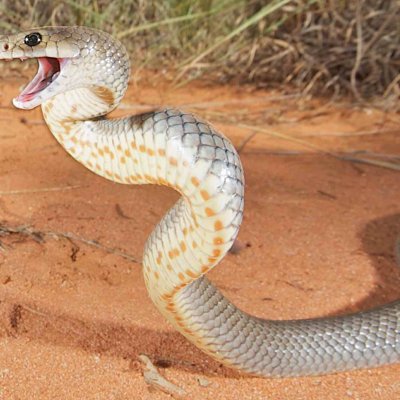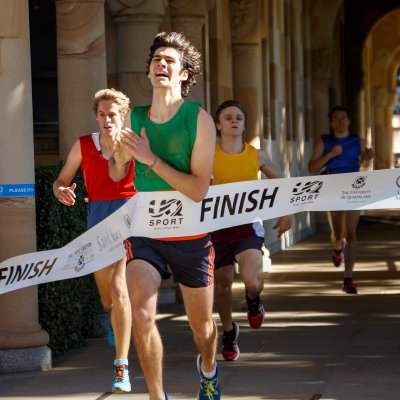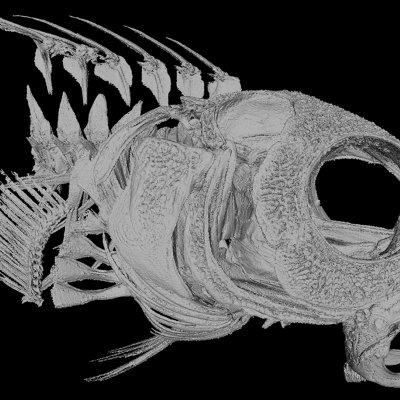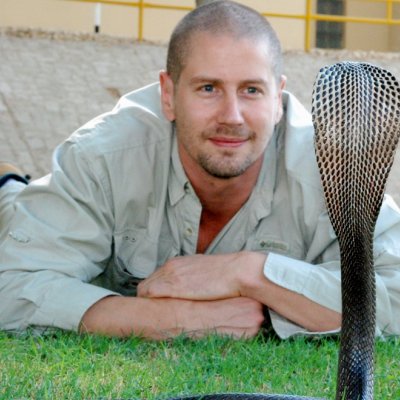University of Queensland researchers have found that antivenoms produced using snakes from one region may perform poorly or fail completely against the same species of snakes from other regions.
4 September 2017Australian tiger snakes have “hit the jackpot” because prey cannot evolve resistance to their venom.
22 August 2017Various types of lizard venom are being studied as possible treatments for blood clotting diseases that lead to millions of cases of stroke, heart attack and deep-vein thrombosis annually.
8 August 2017Swimmers can take the plunge in a new 25-metre heated swimming pool at The University of Queensland’s St Lucia campus.
27 June 2017The “blood nuking” capabilities of adult brown snake venom only come about after an amazing transformation.
16 May 2017University of Queensland students lining up at this month’s 2017 Great Court Race will compete for the largest pool of prize money offered in the event’s 32-year history.
4 May 2017A fearless fanged coral reef fish that disables its opponents with heroin-like venom could offer hope for the development of new painkillers.
31 March 2017A University of Queensland-led international study has revealed how one of the world’s most feared types of snakes – cobras – developed their potent venom.
14 March 2017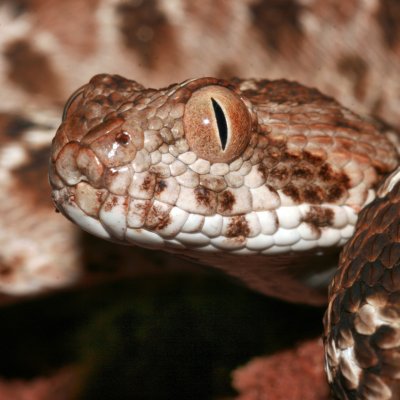
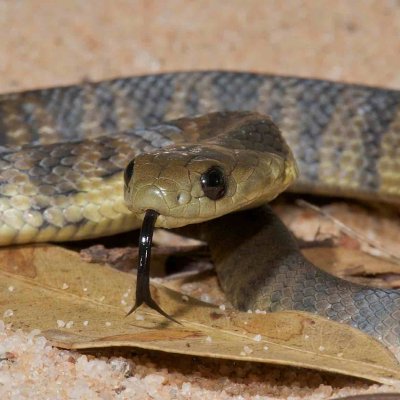

 (002).jpg?itok=-0P26DaZ)
